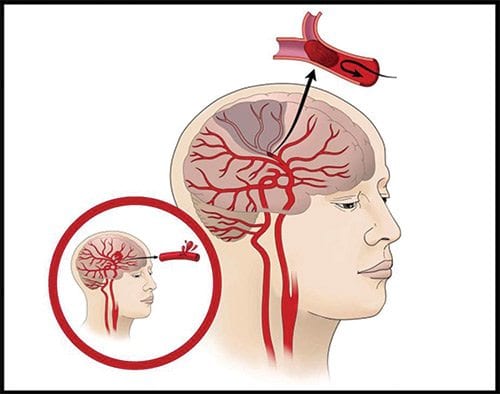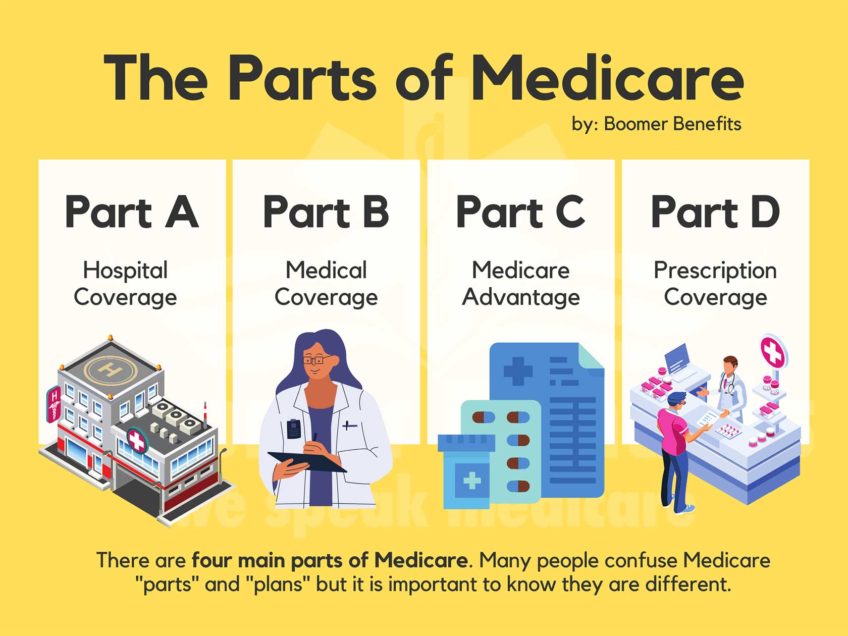
Major strides have been made in the prevention and treatment of stroke in the past several years. By the end of 2011, hospitalization for the most common form of stroke dropped by almost 34 percent, according to the American Heart Association. And risks of dying within a year following hospitalization for the condition decreased 13 percent.
Despite these improvements, stroke wreaks significant damage. Someone in the United States has a stroke every 40 seconds, and every four minutes, someone dies of the illness, according to the Centers for Disease Control and Prevention. It is a leading cause of long-term disability and costs the United States an estimated $33 billion each year for health care services and missed work days.
Although stroke has now fallen to the fifth leading cause of death in this country, the news is not as favorable for African Americans. Stroke remains the third most fatal disease for blacks. Most probably the major culprit is untreated high blood pressure, a leading cause of stroke. For reasons not well understood, African Americans develop high blood pressure more often than all other races, and also develop it earlier in life.
A stroke occurs when the blood supply to the brain is cut off, thereby robbing the brain of much needed oxygen and nutrients, causing the cells to die. There are two types. In the more common ischemic stroke, a clot in a blood vessel prevents the flow of blood to the brain. In hemorrhagic stroke, a blood vessel in the brain bursts.
Fortunately, it may be possible to reduce the risk of stroke. Medical conditions, such as high blood pressure, diabetes, and high cholesterol play a role, as well as lifestyle risk factors, including obesity, physical inactivity and cigarette smoking. Although stroke is more common in people over the age of 55, it is increasing in people younger than 44 largely due to a higher incidence of obesity, diabetes and high blood pressure in that age group.
Strokes are medical emergencies, and require immediate treatment. A detriment to receiving timely and adequate care, however, is failure to recognize the symptoms. In one study, although 93 percent of the respondents identified sudden weakness in one side of the body, only 38 percent were able to cite all five major symptoms of a stroke.
• Trouble speaking or understanding
• Weakness or numbness on one side of the body
• Trouble seeing in one or both eyes
• Difficulty walking
• Severe headache
Time is of the essence if a stroke is suspected. The chances of survival are greater when emergency treatment begins quickly, according to the CDC. Patients who arrive at the emergency room within three hours of their first symptoms often have less disability three months after a stroke than those who received delayed care.
If you are with someone who begins to exhibit any of the symptoms listed above, there are three things you can do to determine if the person could be having a stroke.
• Ask the person to smile. Does one side of the face droop?
• Ask the person to raise both arms. Is he or she unable to raise one arm or does one arm drift downward?
• Ask the person to repeat a simple phrase, such as “The dog is outside.” Is the speech slurred or incoherent?
Even if the symptoms disappear, call 9-1-1. It is possible that the person is experiencing a transient ischemic attack, or TIA, instead of a stroke. These mini strokes usually last fewer than five minutes. However, it is not always possible to distinguish between the two based solely on symptoms.
It estimated that 2 million brain cells die for each minute delay in restoring blood flow to the brain after a stroke. The clock is ticking.






